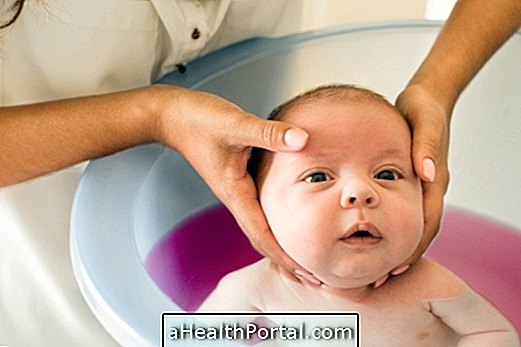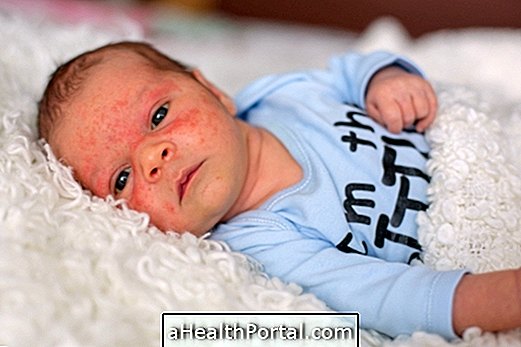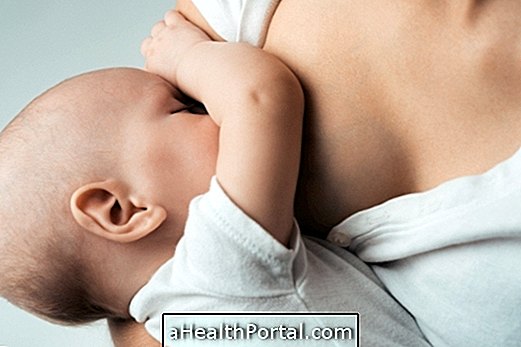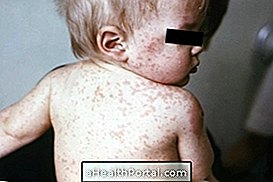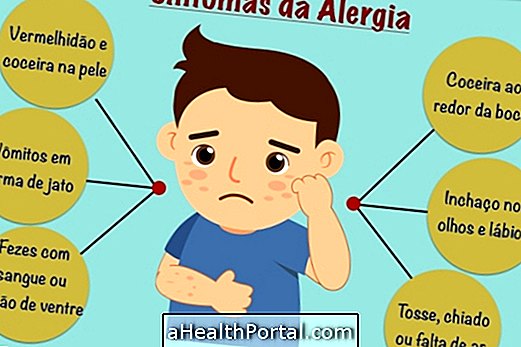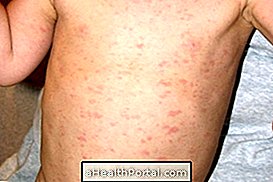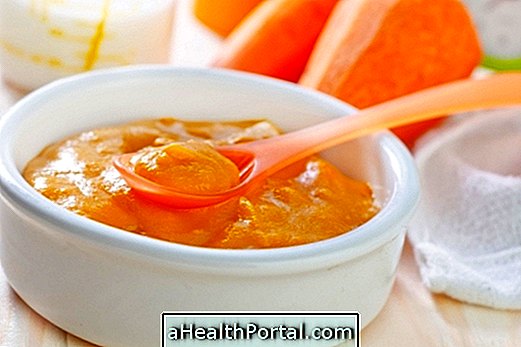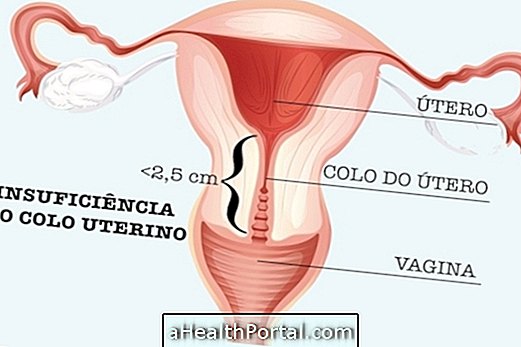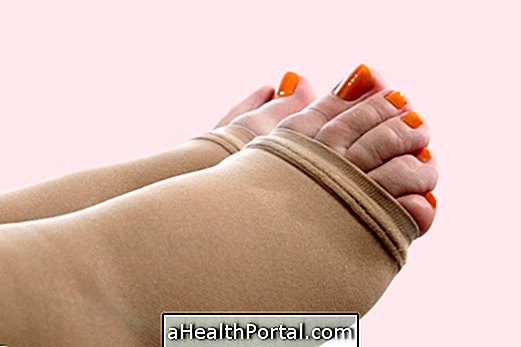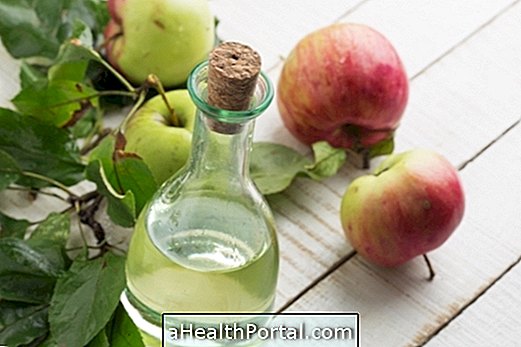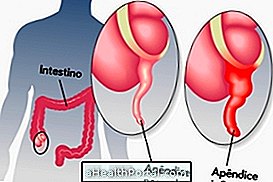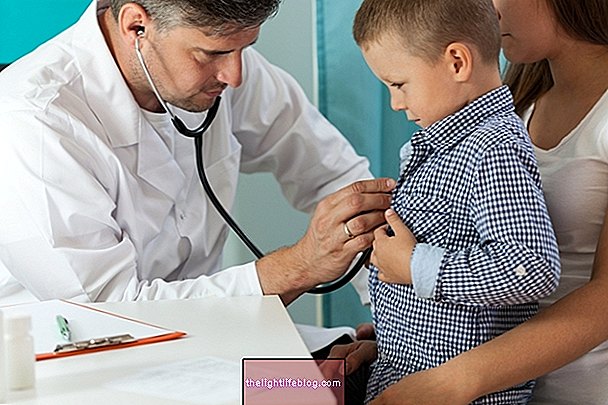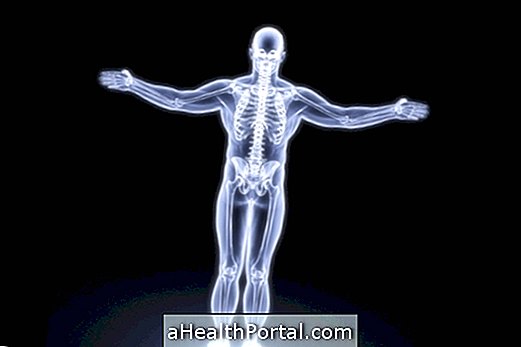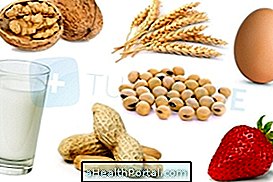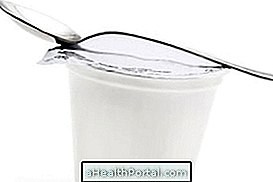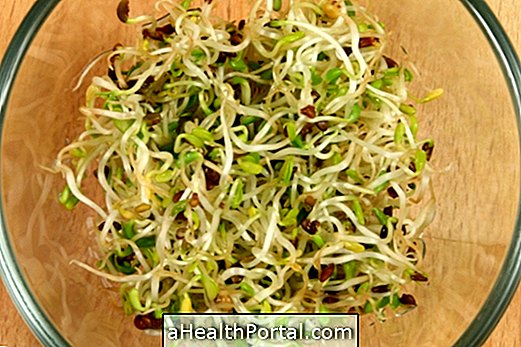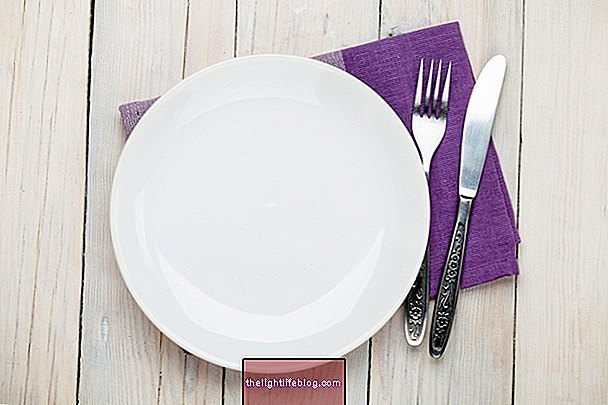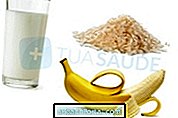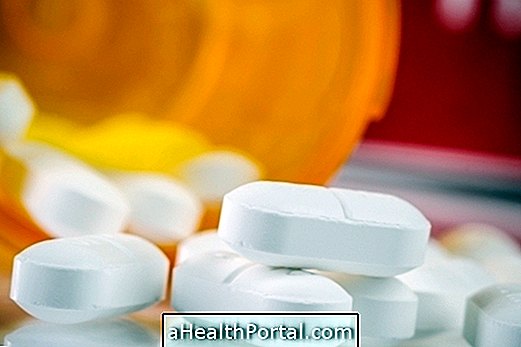Breast candidiasis is a fungal infection that generates symptoms such as pain, redness, hard-to-heal wound and pinched sensation in the breast while the baby breast and remain after the baby finishes breastfeeding.
The treatment is done with the use of antifungal medicines in the form of ointment or tablet, indicated by the doctor. A woman does not need to stop breastfeeding during treatment but it is important to treat the baby if he has symptoms of candidiasis in the mouth so there is no further contamination during breastfeeding.
Symptoms of candidiasis in the breast
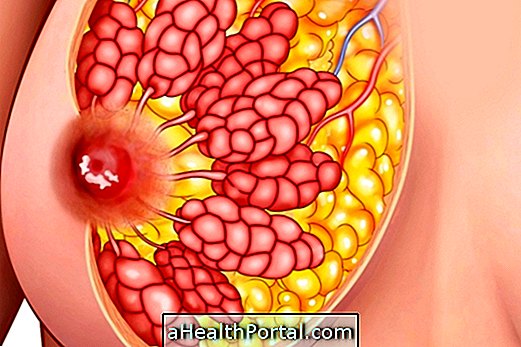
The symptoms of candidiasis in the breast are:
- Pain in the nipple of the breast, in the form of a nipple during breastfeeding and that remains after giving of suckling;
- Small wound in the beak of the chest with difficulty of cicatrisation;
- A part of the nipple may be whitish;
- The affected nipple may be shiny;
- Burning sensation in the nipple;
- It may be itching and redness.
Breast candidiasis is considered a type of systemic candidiasis and not all of the symptoms are present at the same time, but the pain in pinched sensation and the small wound are present in all cases.
In order to make the diagnosis it is enough for the doctor to observe the breast and the symptoms that the woman presents, and it is not necessary to carry out any specific examination, but in some cases to make sure that it is a mammary candidiasis, of the affected breast. The presence of Candida Albicans in breast milk evidences the condition.
What causes candidiasis in the breast
Breast candidiasis can be transmitted by the baby who shows signs of oral candidiasis to the mother through breastfeeding. The signs of oral candidiasis in the baby are the presence of white plaques on the tongue, sky of the mouth and the inside of his cheeks. Sometimes it may appear that the baby has just had yogurt and that it has not been able to swallow everything properly, and that it has been left in the mouth.
The fungus Candida Albicans naturally inhabits the skin and mouth of the baby, but when your immune system is a little weaker, this fungus can proliferate too much causing oral candidiasis in the baby. When the baby puts the mouth full of fungi on the breast to suck these fungi can migrate to the woman's breast causing breast candidiasis, which can be very painful especially when there is some cleft in the nipple. Learn all the symptoms of candidiasis in the baby.
In many cases the baby passes the fungus to the mother even though it does not show any symptoms.
What is the treatment of mammary candidiasis
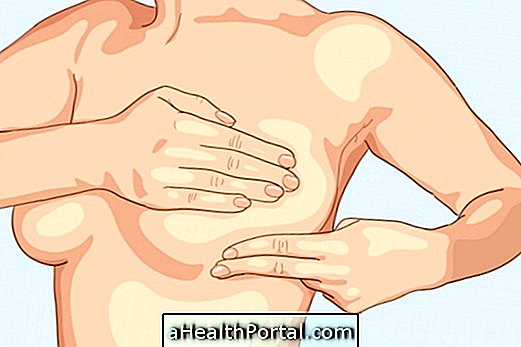
The treatment of candidiasis in the breast is done with the use of antifungals in the form of ointment with nystatin, clotrimazole, miconazole or ketoconazole for 2 weeks. Women can apply the ointment after each feeding, and do not need to withdraw before breastfeeding. Gentian violet, 0.5 or 1% can also be applied to the baby's nipples and mouth 1 time a day for 3 or 4 days. When this treatment does not resolve the problem the doctor may recommend taking fluconazole tablets for about 15 days.
Here's How to Heal the Cracked Nipples for Breastfeeding Without Pain
The candida proliferates in a humid environment and as in breastfeeding the breast is moist several times a day, it should be kept dry at the interval between breastfeeds. Wearing a cotton swab is a great way to achieve this, but exposing your breasts to the sun is also a home-based way to get the same benefit.
If the baby presents with the symptoms of oral candidiasis it is necessary to treat it at the same time that the mother does its treatment to avoid that it contaminates the woman again. The pacifiers and bottle nipples may also contain fungi and therefore should be boiled for 20 minutes at least once a day.
How to prevent breast candidiasis
To prevent breast candidiasis from occurring again and to observe if the baby shows signs of thrush in the mouth, which increase the risk of fungus transmission, the woman should always keep her breast dry, because the humidity of this site facilitates fungal proliferation, giving rise to a new infection.
To keep the nipple always dry during the breastfeeding phase, use a cotton disc for breastfeeding inside the bra every day.
If the breast is leaking milk should be suckled immediately or withdrawn excess milk through manual milking, during the bath, or with a bomb. This milk can be stored and frozen for future use when it is not possible to breastfeed. Learn how to remove and store breast milk.
